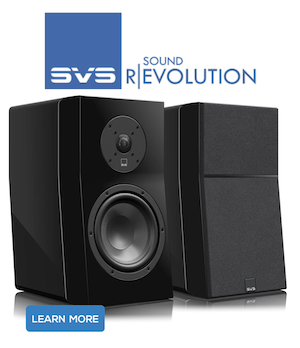REW is a single channel FFT, it can't record two signals at the same time. You have to choose either the left or right ear. That is why I used a separate piece of software to capture the measurements. I did it in stereo, basically. I then imported the left and right wav files separately and used the same single sine sweep to convolve each.
If you want to preserve the timing difference accurately, you must preprocess the wav files as I mentioned in my past posts, REW will not get this right on it's own. You also can't time align them because it will adjust them to the start of the impulse, removing the delay (though that will be preserved).
You can't calculate any of the fun binaural stuff in REW, it wasn't designed for that, but you can at least calculate ITD and look at the differences in what the ears see. As noted earlier, because the head rig I use has directional response similar to human hearing, it also gives a better sense of what the ears actually detect. If you take measurements like this with two ears and keep moving the head around to each seat, you could get a sense of the bass response and deviance. This does a better job of capturing the direct vs reflected sound as would be needed for EQ.
If you want to use it to EQ much above 500-800hz, I would use something better than these mics. The HF response isn't accurate and doesn't appear correctable. There are diffraction effects in and around the ears that don't match a real human head. The Ear canal is not accurate, etc. The only way to fix that is with a real dummy head as from B&K. I can't afford those, I've looked. Even ancient old ones goes for a lot.














